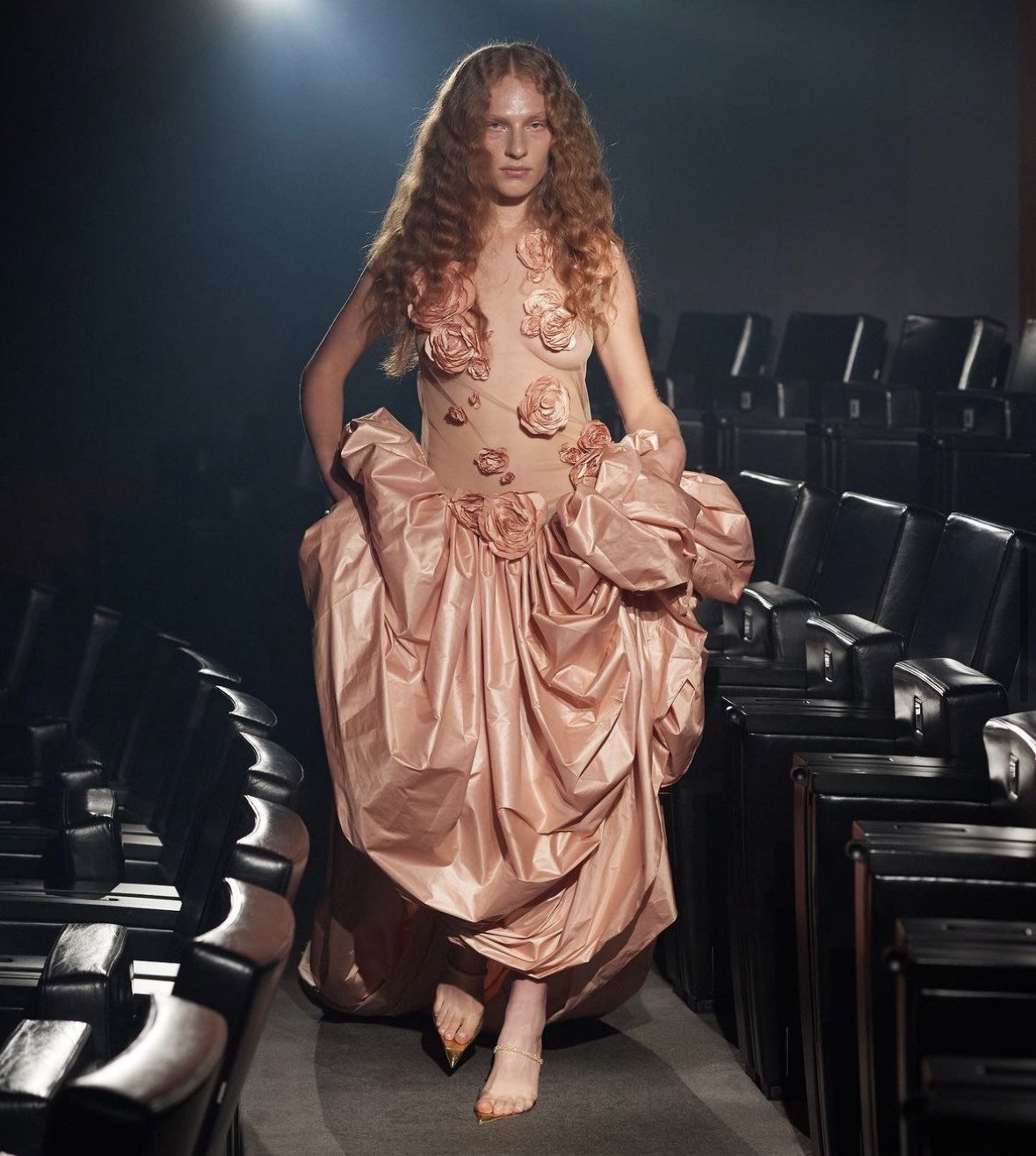The Most Useful Victorian Fashion Accessory, The Chatelaine
In a busy 21st century world, we have a lot to carry, both literally and figuratively. Phones, laptops, notebooks, pens and so much more must be shoved into bags and backpacks as we rush around day to day, but what if there was an easier way to keep all our things together and easy to reach? Much like how the Victorian’s enjoyed dumbing down their historical ancestors, we have done the same to those from the 19th century, however, there were a few times when they were frankly ahead of us in terms of design. One of these such occasions is the use of a fashion accessory known as a chatelaine.
A chatelaine is a decorative belt hook or clasp worn at the waist with a series of chains suspended from it, each of which is mounted with various household tools such as scissors, watches, keys, thimbles, household seals and so much more. The name chatelaine, like many English words, derives from the French word châtelaine meaning mistress of the chateau, and as such chatelaines were predominantly worn by housekeepers. The 19th century is not the first time we have come across these sorts of tools however. Ancient Roman’s utilised a similar device with ear scoops, nail cleaners and tweezers and during his rather one-sided courtship with Anne Boleyn, King Henry VIII presented his future second wife with a pendant that had a gold ear scoop attached to it. It is not clear when or where chatelaines first became popular, however, they seemed to be in very high favour between the 1860s and very early 1900s.
Chatelaine, 1863 – 1885 © Victoria and Albert Museum, London
Chatelaines were designed to be practical first and foremost, providing its wearer with the tools they were most likely to need close to hand. A seamstress may keep small scissors and a thimble on theirs while a nurse may equip theirs with safety pins and a thermometer. Chatelaines became a status symbol of the power and responsibility a woman had around the home, after all, if you have the keys to the home on you at all times you must be pretty powerful. Chatelaines were produced by many brands during their era of popularity including at the higher end Tiffany and Faberge, with almost every good jewellery company having a design available for purchase. Given the reason for their invention being the lack of reasonable sized handbags or dress pockets at the time, chatelaines were designed to be clipped to one’s waistband, either with the use of a hook or a brooch.
While, originally, chatelaines were meant to be worn by housekeepers and other members of staff in fancy houses, they were also popular among the upper classes. Of course, theirs were less about pragmatic use and more fashionable, perhaps attaching a fan, watch or purse to their chatelaine. While a housekeeper may have had a relatively plain chatelaine design, for the upper classes they could become quite elaborate little things made from gold, silver and could incorporate precious stones and enamel. Perhaps little is not a worthy adjective for some chatelaines considering how much one could attach, and some women certainly did. As goes with the time period, there are some funny caricatures from contemporary magazines that take the mick out of how elaborate and clunky they could become.
19th century cartoons from popular magazine ‘Punch’
Chatelaines were not necessarily items confined to the home, the prettier and more intricate designs were often worn in public and there were even chatelaines designed purely for use at balls and parties that could hold perfume bottles and a little notebook. And, in a time period that valued the mourning process, there were specific mourning chatelaines available for purchase. Royalty and the very upper classes were fans of a chatelaine style known as the Norwegian Belt during the 1870s and 80s. The Norwegian Belt was large and heavy, made using precious metals and stones and had interchangeable parts that could carry perfume bottles, fans and tools for undertaking needlework. Not many people bar the top echelons of society were able to afford one!
Of course, the majority of the chatelaine wearing population of the 19th century were using the more utilitarian designs made for housekeepers, maids and nurses, and there is no doubt that these implements greatly aided their day to day lives. Much like today, we have almost every resource to hand through our mobile phones, the chatelaine allowed people to keep everything to hand in a time before tote bags. We are lucky that so many people of the time period were comfortable being photographed while wearing their pieces as we now have such a wealth of knowledge about these clever devices. They may have been a bit clunky and made some noise, but let’s bring them back!










